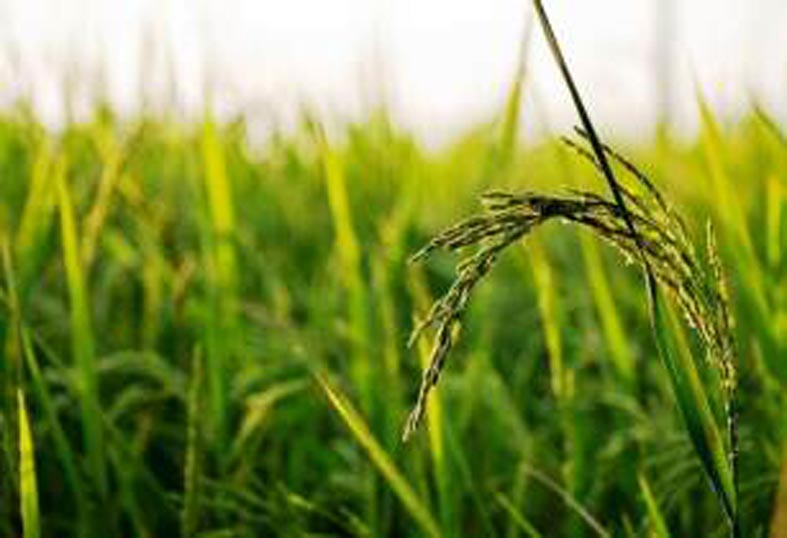Swiss-based technology company Sarmap has launched a new digital data monitoring system to reduce vulnerability of smallholders engaged in rice production by setting up an easy accessible rice information system to better manage domestic rice production
The multiphase project will focus on major rice growing areas in selected Asian countries like Bangladesh, Cambodia, India, Indonesia, the Philippines, Thailand, and Vietnam in the first three years. In the following three years, the activities will be up-scaled to the remaining major rice producing areas of Asia. Objectives for the first phase are:
• Provision of reliable rice production information in major rice growing areas.
• Transfer of appropriate know-how and remote sensing technology to national partners.
• Development of a model aiming at improving production forecast by combining remote sensing, in situ and climatic data.
• Setting up sustainable crop insurance schemes by developing insurance solutions covering production shortfalls.
• Provision of crop insurance solutions for at least five million rice growing farmers.
According to the company, in the long run, rice yields should increase due to better access to information about the actual growth status of observed rice crops and the forecasted yields as well as about damages and forecasted losses of rice crops, hence leading to a better land management by farmers. Additionally, crop insurance take-up by smallholders facilitates their negotiation position in applying for loans which eventually leads to increased investments in their agricultural business.
The basic idea behind the generation of rice acreage using SAR is the analysis of changes in the acquired data over time. Measurement of temporal changes of SAR response due to the rice plants phenological status - an increase in the SAR backscatter corresponds to a growth in the rice plants - lead to the identification of the areas subject to transplanting/emergence moment and the rice growth. The rice acreage statistics are stored in map format showing the rice extent and, in form of numerical tables, quantifying the dimension of the area at the smallest administrative level - typically village unit - cultivated by rice. These products are linked to district, region, province and country, so that statistics on any of these administrative units can be produced.
A public-private partnership consortium is implementing the project of which Swiss Development Cooperation (SDC) will be one of the consortium members. The consortium is composed of sarmap providing the necessary remote sensing technology; IRRI (International Rice Research Institute) is the public partner and will provide a rice crop growth model and work with regional partners to put the system up and running at national levels; AllianzRe Switzerland supported by the Deutsche Gesellschaft fuer Internationale Zusammenarbeit (GIZ) will develop insurance solutions based on the information provided by sarmap and IRRI and pass those solutions on to interested national partners as crop insurance schemes. Besides its financial contribution, SDC role (supported by GIZ) is to institutionally and politically support the partners by facilitating the relations to relevant ministries in targeted countries.




